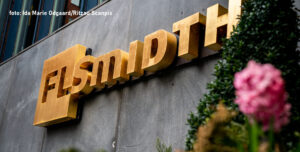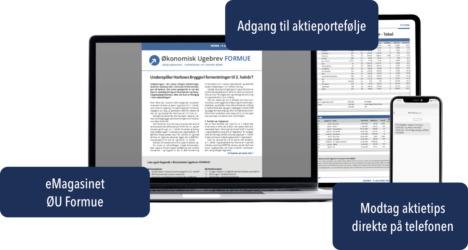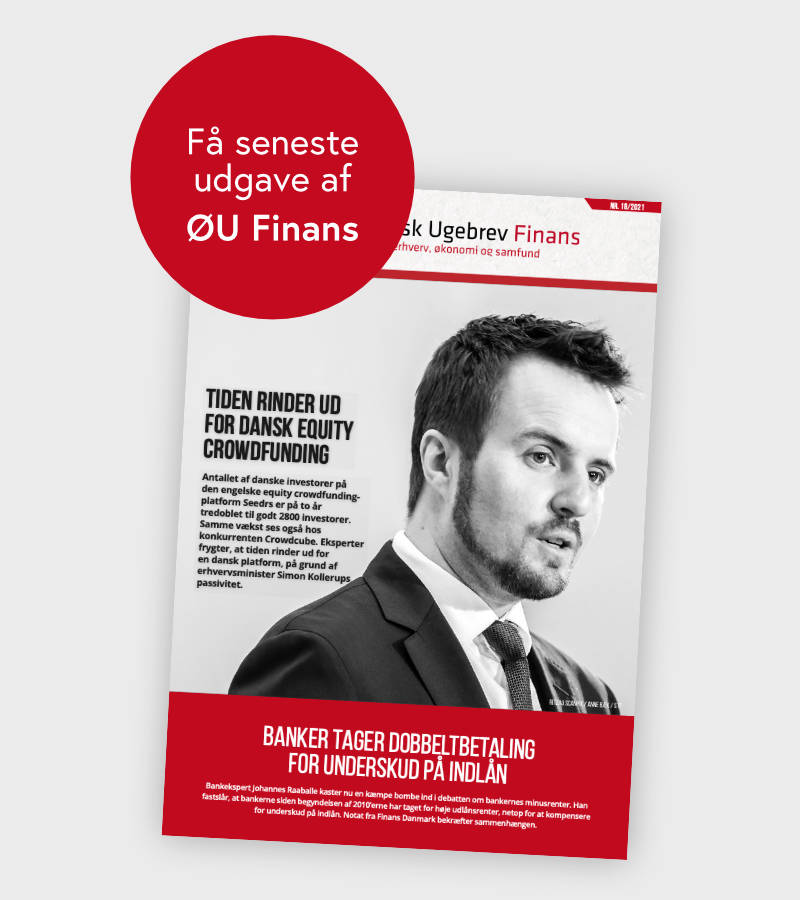Goldman Sachs: Vil stigende stress i amerikansk commercial real estate også ramme Europa?
“The growing stress within the US commercial real estate (CRE) sector has sparked questions about whether similar stresses could play out in the European CRE market and what risks that could pose. While CRE in Europe has also faced increased pressure, we find that risks are largely contained, for now.
Indeed, while CRE lending in Europe is more concentrated in banks than in the US, banks still have a relatively small exposure to CRE. That said, potential capital erosion and losses from non-performing loans (NPLs) could become areas of concern, along with a growing funding gap, real estate obsolescence, and a more troubled Swedish CRE market.
Transaction liquidity remains low within European CRE, particularly for office, which, like the US, faces structural and cyclical challenges. In the US, the debt maturity wall for commercial mortgages is nearer, with roughly $1.1tn in maturities coming due in 2023/24, while in Europe, the largest quantum of debt maturities will not arise until 2025-26, leaving more time for resolution.
For now, banks are largely willing to extend maturities, with additional equity/higher coupons on a case-by-case basis, provided that underlying operating cash flow (and debt ratios, including interest coverage ratios) remains healthy, and instances of stress remain limited. Additionally, differences in loan structuring (recourse vs. non-recourse) as well as cultural differences in dealing with loans between the US and Europe, help in finding private restructuring solutions ahead of defaults.
Increasing obsolescence is also a major risk for secondary assets with weakening supply and demand fundamentals (e.g. office), where the economics of spending capex may not be justified, especially amid a greater need for sustainable features from a tenant or due to regulations. And Swedish CRE is an additional area of concern given its shorter debt maturities, higher proportion of variable debt, and weakening macro fundamentals. More generally, a persistently elevated cost of capital will likely require real estate operators to refocus on accretive value creation as opposed to the more passive, leveraged yield business model of the last decade.”
Læs hele analysen her.
ING: Nordiske banker mest eksponeret mod commercial real estate
”Why commercial real estate concerns haven’t subsided for banks just yet. The softness in the commercial real estate market is not a concern of the past yet. Nordic banks remain most exposed to the CRE sector, but when it comes to climate change transition risks, these assets do not appear to be among the most vulnerable in Europe.
While many banks reduced their commercial real estate exposures over the past decade and became stricter on their lending conditions, loans to the CRE sector still represent around 30% of corporate lending books for European banks. However, exposures differ substantially from country to country. In Nordic countries such as Sweden and Denmark, loans to CRE companies comprise 57% and 67% respectively of bank loans to non-financial companies.
In Spain and Italy, only 10% and 13% of banks’ corporate lending books are loans to CRE companies. Despite the substantial exposures of Nordic banks to the CRE segment, the performance of these CRE loans remains solid so far. Swedish banks report the lowest NPL ratios for their corporate real estate exposures, closely followed by Nordic peers from Norway, Finland and Denmark. Austrian and German banks also report modest NPL ratios on their loans to CRE companies. ”
Læs hele analysen her.
Deutsche Bank: Smart Cities – Investing in the urban future
The number of inhabitants in global cities is on the rise. By 2050, due to the UN projections the world’s urban population is forecast to increase by about 50% from 4.4 billion today to 6.6 billion – with some 600 existing cities with more than one million inhabitants. n Smart cities leverage market forces to introduce new technologies to meet emerging trends and the growing needs of residents and cities. Technologies such as 5G, AI, and the Internet of Things (IoT) are enabling the reinvention of smart cities. n In the global smart city market, smart infrastructure is still the largest segment at 55%. However, other areas such as smart buildings, digital energy and smart environmental solutions could grow more strongly in the coming years.”
Læs hele analysen her.
Morten W. Langer
Intro-pris i 3 måneder
Få unik indsigt i de vigtigste erhvervsbegivenheder og dybdegående analyser, så du som investor, rådgiver og topleder kan handle proaktivt og kapitalisere på ændringer.
- Fuld adgang til ugebrev.dk
- Nyhedsmails med daglige opdateringer
- Ingen binding
199 kr./måned
Normalpris 349 kr./måned
199 kr./md. de første tre måneder,
herefter 349 kr./md.
Allerede abonnent? Log ind her







